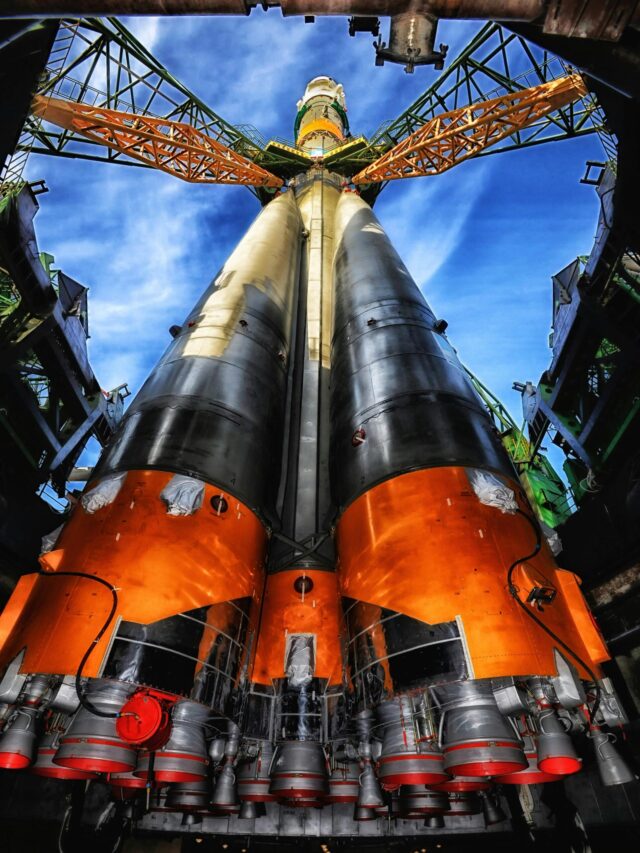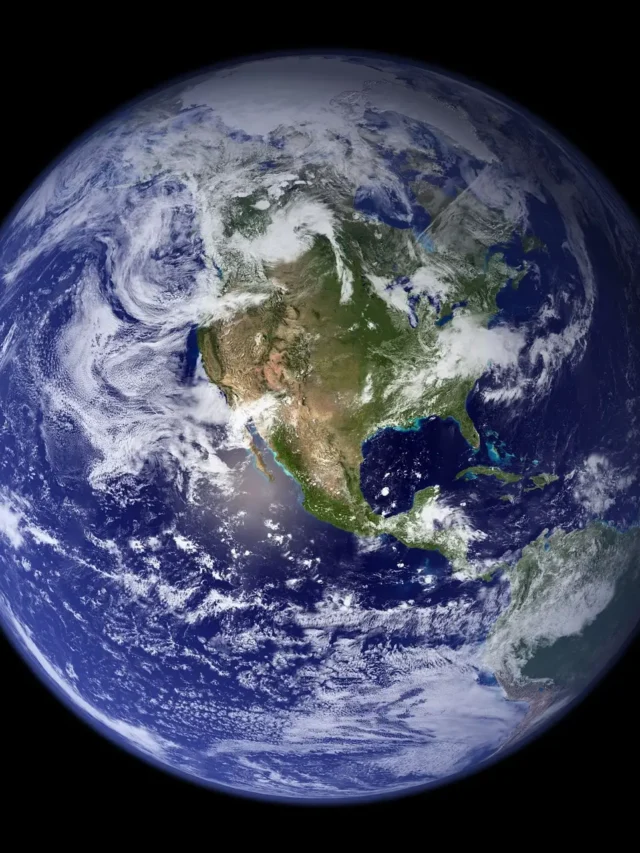Introduction
Can Elon Musk Put People on Mars? Elon Musk, the tech mogul behind SpaceX, has a bold vision—to establish a human colony on Mars and make humanity a multiplanetary species. His dream of putting people on Mars is not just science fiction anymore. With rapid advancements in rocket technology, artificial intelligence, and space travel, Musk believes that sending humans to Mars is achievable within this decade. But the big question is: Can Elon Musk really put people on Mars by 2025?
The idea of colonizing Mars is rooted in the need to ensure humanity’s survival in case of catastrophic events on Earth. With increasing environmental threats, the risk of nuclear conflicts, and the potential for asteroid impacts, establishing a backup civilization on Mars may not be just a dream but a necessity. Let’s explore how SpaceX plans to make this dream a reality, the challenges involved, and the feasibility of achieving this by 2025.
Elon Musk’s Plan to Colonize Mars

SpaceX’s Goals for Mars Settlement
Musk envisions a self-sustaining city on Mars that can house 1 million people by the end of the 21st century. The key to achieving this lies in the success of Starship, a fully reusable spacecraft designed to transport humans and cargo to Mars. Starship is expected to serve as the backbone of Mars missions, reducing the cost of space travel dramatically and enabling regular trips between Earth and Mars.
Development of Starship for Interplanetary Travel
Starship consists of two main components:
-
Super Heavy Booster: Provides thrust to propel Starship out of Earth’s atmosphere.
-
Starship Spacecraft: Carries humans and cargo to Mars and returns safely to Earth.
Starship’s stainless-steel design and heat-resistant tiles make it durable enough to withstand re-entry into Earth’s atmosphere. It is also equipped with advanced life-support systems to sustain human life during the months-long journey to Mars.
Funding and Cost Management for Mars Colonization
Musk estimates that making life multiplanetary will require billions of dollars in funding. SpaceX plans to fund its Mars mission through various channels, including:
-
Launching satellites for commercial clients
-
Starlink internet services generating billions in revenue
-
Government contracts with NASA and other agencies
Musk’s goal is to bring the cost per person down to $100,000 to make Mars colonization accessible to a broader population.
Why Colonizing Mars is Crucial for Humanity

Ensuring the Survival of the Human Race
Earth faces numerous existential threats—from climate change and pandemics to nuclear wars and asteroid impacts. Establishing a human presence on Mars serves as a safety net, ensuring that humanity continues to thrive even if Earth becomes uninhabitable.
Exploring and Utilizing Martian Resources
Mars offers a treasure trove of resources, including water ice, minerals, and potentially even fossil fuels. Utilizing these resources could help sustain life on Mars and create a new economy around space mining and industrial activities.
Technological Advancements and Scientific Research
Colonizing Mars will drive innovation in robotics, artificial intelligence, biotechnology, and space exploration. It will also provide opportunities for groundbreaking research on planetary ecosystems, climate, and potential extraterrestrial life.
READ MORE:Essential Things to Survive in Space
Challenges of Sending Humans to Mars
Harsh Martian Environment
Mars has an extremely thin atmosphere, with carbon dioxide making up 95% of it. Temperatures on the surface average -60°C (-76°F), making it uninhabitable without advanced life-support systems.
Radiation Exposure and Psychological Challenges
Without a magnetic field to protect it, Mars is bombarded with cosmic radiation that poses serious health risks to astronauts. Prolonged exposure to radiation can increase the risk of cancer and other diseases.
Additionally, the isolation and confinement of long-duration space travel can take a significant toll on the mental health of astronauts. Ensuring psychological well-being during missions will be a challenge.
Technological and Logistical Hurdles
Establishing a colony on Mars requires developing sustainable life-support systems, energy sources, and reliable communication networks. Transporting massive amounts of equipment, building materials, and supplies to Mars will require multiple missions and years of preparation.
How SpaceX is Addressing These Challenges

Starship’s Technology and Safety Innovations
Starship’s advanced propulsion system, fail-safe mechanisms, and reusable design minimize the risks associated with long-duration space travel. It is capable of carrying up to 100 passengers and cargo for Mars missions.
Radiation Protection and Habitat Designs
To protect astronauts from cosmic radiation, SpaceX plans to build underground habitats or use Martian soil as a natural shield. 3D-printed structures made from regolith (Martian soil) could provide additional protection.
Training Astronauts for Long-Term Space Missions
Astronauts will undergo rigorous mental and physical training to prepare for the isolation and challenges of living on Mars. Simulation missions on Earth, like those conducted in desert environments and underwater facilities, will help prepare them for the conditions on Mars.
Timeline: Can It Happen by 2025?
SpaceX’s Milestones and Upcoming Tests
SpaceX has already achieved significant milestones, including the successful launch and landing of Starship prototypes. However, a successful mission to Mars requires overcoming additional technical and safety challenges. The company plans to conduct several orbital flight tests, refueling demonstrations, and habitat deployment simulations before attempting a human mission.
Realistic Assessment of a 2025 Mars Mission
While Musk remains optimistic about a 2025 Mars mission, many experts believe this timeline is ambitious. Technical challenges, regulatory approvals, and unforeseen delays may push the timeline further. However, even if SpaceX misses the 2025 target, progress toward Mars colonization will continue at a rapid pace.
Building a Sustainable Civilization on Mars

Establishing Self-Sufficient Habitats
Self-sustaining habitats with advanced life-support systems will be critical for survival. These habitats will recycle air, water, and waste, ensuring that resources are conserved and reused efficiently.
Oxygen, Water, and Food Production on Mars
Oxygen can be produced from carbon dioxide through electrolysis, while water can be extracted from ice deposits beneath the Martian surface. Hydroponic and aeroponic systems will be used to grow food, reducing dependence on Earth for supplies.
Creating a Sustainable Ecosystem for Long-Term Survival
To achieve independence from Earth, Mars colonies will need to develop closed-loop ecosystems that support human life, agriculture, and waste management.
Energy Sources and Power Systems on Mars
Solar Energy as the Primary Power Source
Solar panels will provide most of the energy needed for Mars colonies. However, the reduced sunlight on Mars compared to Earth means larger solar arrays will be necessary.
Backup Power Through Nuclear Reactors
Small nuclear reactors can serve as a backup energy source, ensuring a continuous power supply during dust storms or emergencies.
Communication and Internet on Mars
Establishing a Reliable Interplanetary Network
A reliable communication network is essential for coordinating missions and maintaining contact with Earth. SpaceX’s Starlink satellite system could play a key role in enabling communication between Mars and Earth.
Overcoming Latency and Signal Delay
Due to the vast distance between Earth and Mars, communication signals can take between 4 and 24 minutes to travel one way. Developing systems to manage this delay will be crucial for real-time operations.
Terraforming Mars: The Ultimate Goal
Understanding the Concept of Terraforming
Terraforming involves modifying Mars’ atmosphere, climate, and surface to make it more habitable for humans. Theoretically, releasing greenhouse gases or redirecting asteroids could help warm Mars and thicken its atmosphere.
Proposed Techniques to Transform Mars
Ideas include:
-
Releasing greenhouse gases to create a warmer atmosphere.
-
Using giant mirrors to reflect sunlight onto the surface.
-
Introducing microorganisms to alter the Martian environment.
Long-Term Ethical and Environmental Considerations
Terraforming raises ethical concerns about altering another planet’s environment. Scientists and policymakers will need to balance the desire to make Mars habitable with the responsibility to preserve its natural state.
Economic and Commercial Opportunities on Mars
Mining and Resource Extraction
Mars is rich in iron, nickel, and other metals, which could be extracted for use in space construction and Earth-based industries.
Space Tourism and New Industries
As Mars colonization progresses, space tourism could become a major industry, attracting adventurers and scientists alike.
Potential Risks and Ethical Concerns
Political and Governance Challenges
Establishing a government and legal system on Mars raises questions about sovereignty, ownership, and governance. Who owns Mars? Who makes the laws?
Risks of Failure and Technological Malfunctions
The complexity of Mars colonization leaves little room for error. A single malfunction could jeopardize the lives of colonists and delay progress for years.
Ethical Dilemmas of Creating a New Society
Creating a civilization on Mars involves complex ethical questions about human rights, equality, and environmental impact.
Public Opinion and Global Support

How the World Views Mars Colonization
Public opinion is divided, with some viewing Mars colonization as a necessary step for survival and others questioning the morality and cost of such an endeavor.
Importance of International Collaboration
Colonizing Mars requires global cooperation and contributions from multiple nations, companies, and research institutions.
Conclusion
Elon Musk’s dream of putting humans on Mars by 2025 may be ambitious, but it is far from impossible. SpaceX has made remarkable strides in space technology, and the journey to Mars is closer than ever before. Even if the 2025 target is missed, the progress made will pave the way for future missions, ensuring that humanity’s quest to become a multiplanetary species remains within reach.
FAQs
1. Can SpaceX successfully send humans to Mars by 2025?
Although Musk aims for 2025, delays in testing and safety validations may push the timeline further.
2. What are the biggest risks of colonizing Mars?
Radiation exposure, technical malfunctions, and psychological challenges are major concerns.
3. How will people survive long-term on Mars?
Self-sustaining habitats, oxygen production, and food growth through hydroponics will ensure long-term survival.
4. Is terraforming Mars possible in the next 50 years?
Terraforming Mars is still a distant goal, likely requiring centuries to achieve.
5. What are the economic benefits of Mars colonization?
Mining, space tourism, and new industries could create significant economic opportunities.












Pingback: Apophis Will Pass Closer With Earth in 2029 | Are We Afraid of It? | 2025 - astrobites